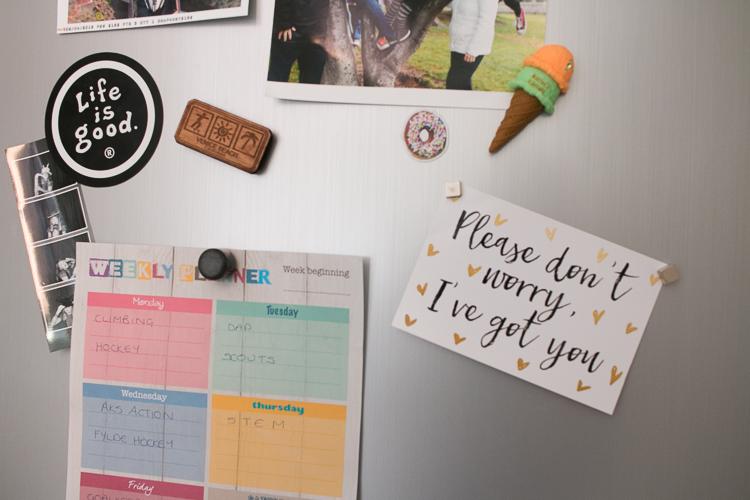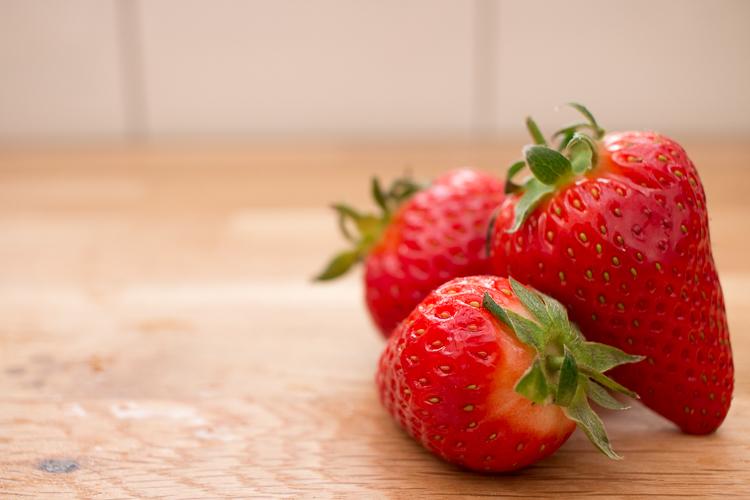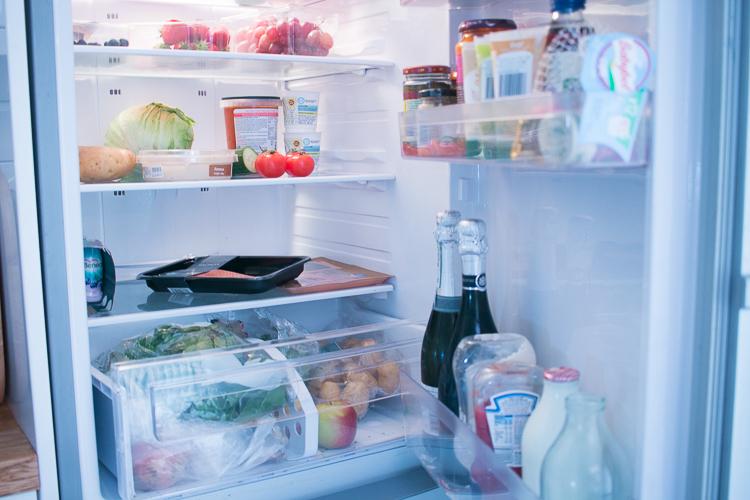
So, here’s a scary fact: in the UK each week, we waste more than 100,000 tons of food each week. That’s even more horrifying when you think about the fact that 7 million families in the UK today are struggling to put food on the table.
Research suggests that most of think we waste very little food – at a time when the amount we’re wasting as a nation is increasing. So how can we put the brakes on food wastage?
I’ll hold my hand up and say we waste more food than we should.
There are a few reasons. I’m often the only adult in the household, and it’s sometimes hard to buy foods in appropriate package sizes. Added to this, I have a very picky, vegetarian daughter, so we often eat different foods. That means lots of half packets of things left in the fridge.

Sometimes the issue is timing. I mean to cook dinner and shop accordingly, but then we get home from Scouts and it’s 9.30pm, and it’s just so much easier to pick up something at the takeaway on the way home. I buy in fresh food for breakfast, but then we’re in a rush and it’s so much easier skip breakfast. Before you know it, there’s a packet of yoghurt or salmon in the fridge that’s out of date.
We have a fairly basic fridge that I bought eight years ago (is anyone else amazed when they work out just how ancient domestic appliances are?). It has a 5-step temperature button, and we keep it in the middle of that setting. Beyond that, I’ve not given it too much thought.
Over the next few weeks, I’m going to be working with Haier, the world’s number one manufacturer of large domestic appliances, to understand more about how we as a family buy, store and consume food.
Who is Haier?
Haier is the no.1 worldwide in home appliances and has just launched range of fantastic new fridge freezers in the UK, and they feature Fresher Tech, a range of technologies that are designed to keep food fresher for longer.
Some models have independently controlled compartments that can function as a fridge or soft freezer, giving you more space to store food when you need it. Other models combine more humid environments for fruit and vegetables, with dryer zones for meat and dairy – this can extend the shelf life of fresh foods by as much as seven days.
Our First Food Shop
To kick off this project, I’ve captured a short video showing my weekly shopping – what I bought, what I already had in the fridge, and how we’re storing that food. I’m embarrassed by how much food I had to throw away. But if I’m honest, it’s fairly typical.
Here’s a few things I notice watching the video back:
- I don’t buy a huge amount of fresh food, but I generally don’t take note of what’s already in the fridge before I go shopping
- I don’t meal plan but I have an idea of how many evenings a week we’ll be home and shop accordingly
- When my fridge is full, I stack it like I’m solving a maths puzzle, meaning I’m not always able to see what’s in the fridge at any given time
- I really, REALLY need to stop putting things on that high shelf where I can’t see it

Over the next week, I’ll be keeping a diary of what we eat, and what we waste, and then sharing the results here on the blog, along with some tips from the experts on what we could do better. Hopefully, it might help you and your family to reduce your food wastage along with us.





This is fascinating. I don’t waste much but that is predominantly because I’m a total lard and I behave like a dustbin, eating anything that looks lonely in the fridge. Or cupboard. Or fruit bowl. Or cafe…
Nat.x
Im exactly the same – hate it when the veg gets all squishy and watery! I do hate waste and do try to use what is in before going shopping. Meal planning is always planned but very rarely executed!